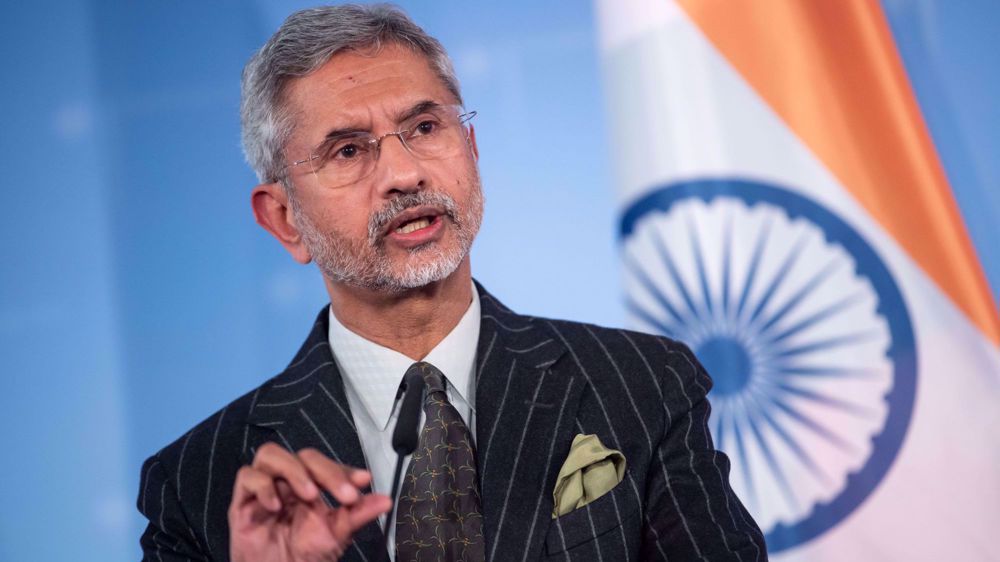Air pollution in New Delhi ‘alarming’ after Diwali
Air pollution in the Indian capital has reached hazardous levels after Diwali, the festival of lights, which generates tons of toxic smoke.
Experts say the amount of particulate matter in New Delhi has soared up to 40 times higher than the normal, calling it "alarming".
Since the beginning of November, air pollution in New Delhi has been high but its levels deteriorated drastically on Wednesday night when massive quantities of fireworks went up in smoke during the festival.
During the celebration, it is customary for Indians to burn lamps, candles, and fireworks.
The ritual this year elevated the levels of PM10 particulates, which are very hazardous to health, to 2,000 micrograms per cubic meter.
The World Health Organization (WHO) recommends a maximum of 50 micrograms per cubic meter.
About 620,000 people die each year in India due to air pollution, according to a WHO report last year.
The same report found that New Delhi was the most polluted city in the world and that 13 of the most polluted 20 cities in the world were in India.
Smog levels are always high in New Delhi during November and December because of the falling temperatures and seasonal burning of paddy fields.
But officials say emissions from increasing number of diesel vehicles are making the pollution even worse.
Sulfur dioxide levels which can lead to inflammation, constriction of air ways and aggravated asthma symptoms, were also very high on Wednesday and Thursday early morning, reports said.
India's air quality information service, SAFAR, encouraged people to avoid all outdoor physical activity.
Israel admits assassinating Hamas leader, vows to inflict same fate on Yemeni fighters, people
VIDEO | Yemeni forces repel US-British attack, down F-18 Jet
Iran’s capabilities vast; enemy’s ‘maximum pressure’ policies all failed miserably: Senior official
Iran’s economy grew 2.7% y/y in Sep quarter: CBI
VIDEO | Freelancers in Gaza strive to stay online amid genocide
Mikati demands Israel's withdrawal from south Lebanon
Yemeni army strikes Israeli military sites with drones
‘Clock ticking’: UNRWA slams unjustifiable killing of children in Gaza










 This makes it easy to access the Press TV website
This makes it easy to access the Press TV website